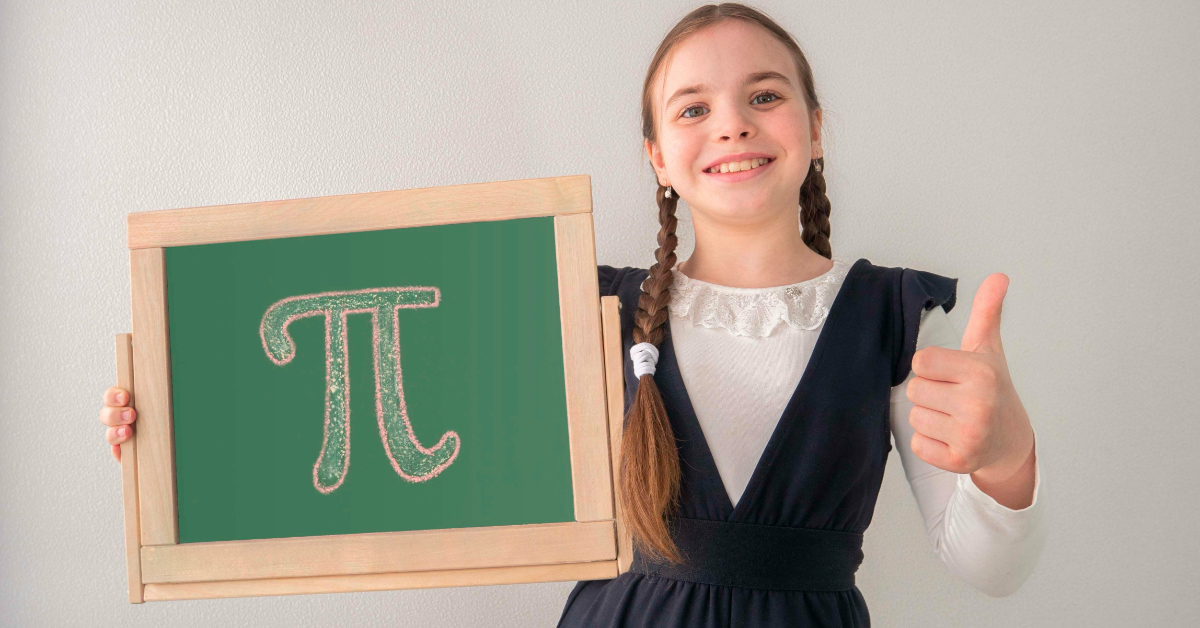With the Olympics showcasing the pinnacle of athletic talent, it’s the perfect time to explore the mathematics behind one of the world’s most beloved sports: soccer. Whether you’re watching a dramatic penalty shootout or a stunning free-kick, math is at the heart of every moment on the field. From the geometry of passing to the trajectories of shots, understanding these mathematical concepts can enhance both appreciation and performance in soccer.
Let’s explore how angles, trajectories, and goals are intertwined with math to create the magic of soccer.

The Geometry of Soccer
Angles are fundamental in soccer, influencing both offensive and defensive plays.
Angles in Offense
In offense, angles are crucial for effective shooting and passing. The optimal angle for a shot can make the difference between a goal and a miss. Data shows that the wider the angle between the posts from the point of the shot, the higher the probability of scoring. A central position within the box offers the best angle for scoring, because the angle between the posts is largest, creating a larger area of space for the goalie to protect. By understanding the geometry of the field and the positioning of defenders, players can make better decisions on when and where to shoot.
Optimal Angles for Different Scenarios
Consider a scenario where a player is being charged by a defensive player. The player must quickly decide whether to pass or attempt to maneuver past the defender. Here, the math of angles becomes critical. If the defender is approaching from a sharp angle, the player might opt to pass the soccer ball diagonally to a teammate who is positioned at a wider angle, creating a better opportunity for a shot. Conversely, if the defender is coming head-on, fancy footwork might be a better choice to maintain control and create a more favorable angle for a shot.
Angles in Defense
Defenders use angles to their advantage by positioning themselves to intercept passes and block shots. Understanding angles helps defenders anticipate the ball’s path and close down on attackers effectively.
Defensive Positioning and Angles
When a defender is trying to intercept a pass, the angle of approach is crucial. A close angle can be more effective for cutting off a direct pass, while a wider angle might be better for intercepting longer passes. For instance, if a defender positions themselves at a narrow angle relative to the attacker, they can more effectively block a direct pass. Goalies will use this strategy to their advantage, making themselves “bigger” by getting closer to the opponent and the ball. This narrows the shot angles that the shooter has to choose from, making it more difficult to score. Conversely, if defensive players or the goalie are too far away, they might not be able to reach the soccer ball in time to make a successful interception.
Trajectory Analysis
Trajectory refers to the path that the ball takes once it has been kicked. This path is influenced by several factors, including velocity, spin, and the angle of impact.
Impact on Goal Scoring
The trajectory of the soccer ball is influenced by factors such as velocity (the speed at which the ball is moving), spin (the rotation of the ball), and angle of impact (the angle at which the ball is struck). Attackers can use these elements to their advantage. For example, applying spin to the ball can cause it to curve, making it more difficult for the goalkeeper to predict its path. Similarly, adjusting the angle of impact can change the ball’s trajectory, making it harder to defend against.
Goalkeeping and Trajectories
Goalkeepers must read the ball’s trajectory quickly to make successful saves. This involves predicting where the ball will go based on its initial direction and speed. Advanced players and goalkeepers often use their understanding of physics and ball dynamics to anticipate and react to shots more effectively. For instance, a ball struck with topspin will dip more quickly, while a soccer ball with backspin will stay in the air longer, potentially changing the goalkeeper’s timing and positioning.
The Mathematical Dynamics of Goal Scoring
Goal scoring is not just about power and accuracy; it also involves probability and strategy.
Probability Models
Mathematical models can analyze goal-scoring patterns and help players understand the likelihood of scoring from different positions on the field. For example, a player will have a greater probability of scoring from the center of the penalty area compared to an angle near the corner flag. By applying probability models, players can make informed decisions on whether to shoot, pass, or dribble.
Optimal Shooting Strategies
Using mathematical analysis, coaches and players can develop optimal shooting strategies. This includes understanding the best areas of the goal to target and the conditions that increase the chances of scoring. Knowledge of these strategies can turn a good player into a great one. For example, aiming for the bottom corners of the goal often yields higher success rates, as it’s harder for the goalkeeper to reach these spots.
Data Analytics in Soccer
Data analytics has revolutionized soccer by providing detailed insights into player performance and team strategies.
Tracking Player Movements
Modern technology allows for the tracking of player movements, providing data on distances covered, speeds reached, and positions held during a match. Analyzing this data can help teams optimize player fitness and tactical positioning.
Performance Metrics
By analyzing performance metrics, teams can identify strengths and weaknesses. Metrics such as pass completion rates, shot accuracy, and defensive actions provide a quantitative basis for improving player and team performance.
Mathematical Models
Professional soccer teams use mathematical models to enhance their strategies. These models can simulate game scenarios, predict outcomes, and suggest optimal plays. By leveraging these models, teams can gain a competitive edge and improve their chances of winning.
Math is an integral part of soccer, from the geometry of angles to the physics of trajectories and the probability of goal scoring. By understanding and applying these mathematical principles, players can enhance their skills and appreciation for the game. Coaches and analysts can use data analytics and mathematical models to develop better strategies and optimize performance.
Download our Summer Olympics math guide for some sports-themed mathematical practice!




Leave a Reply